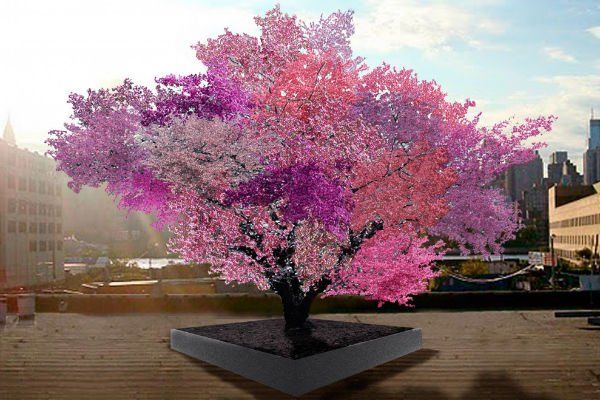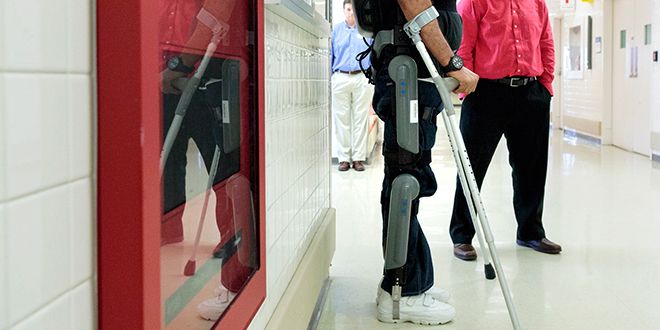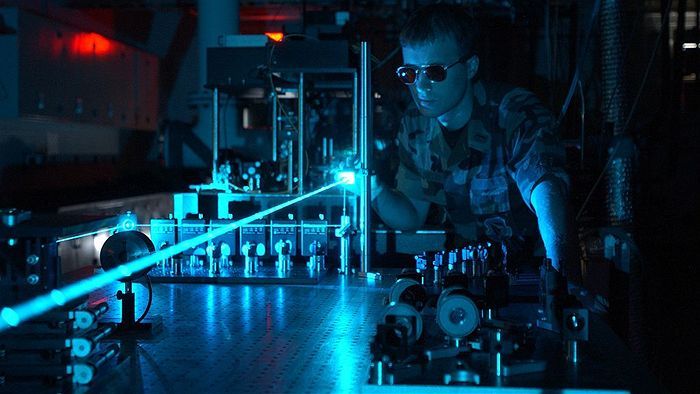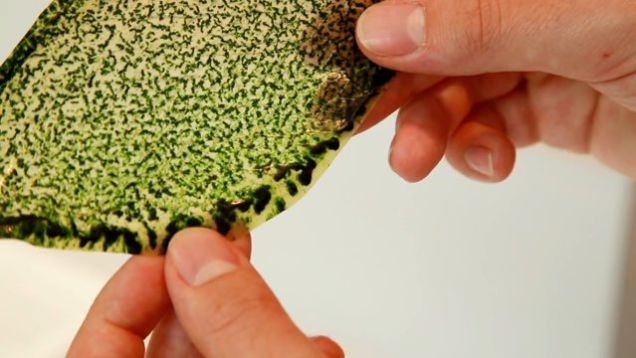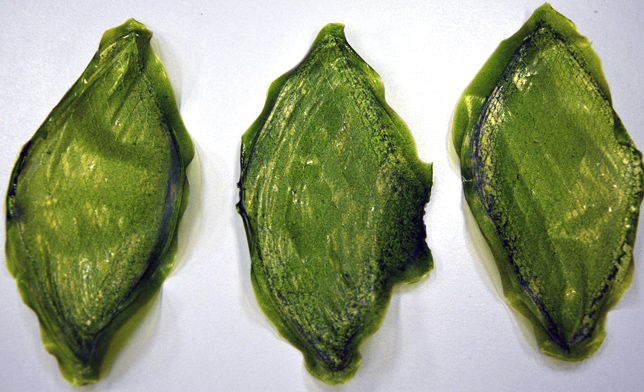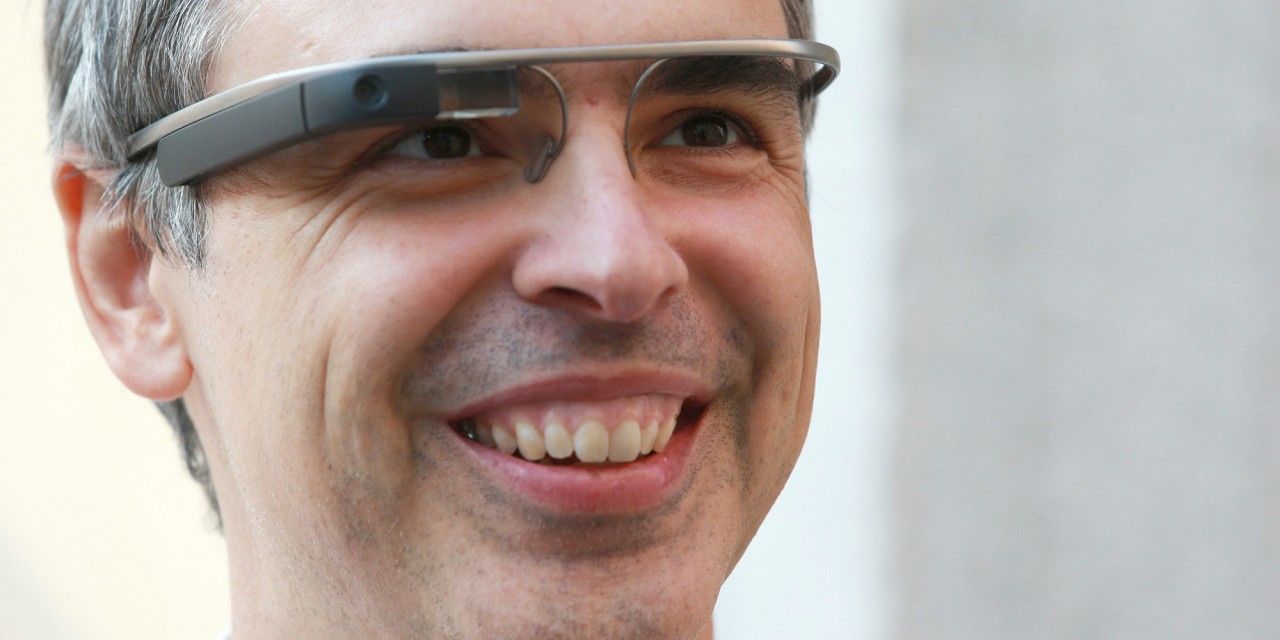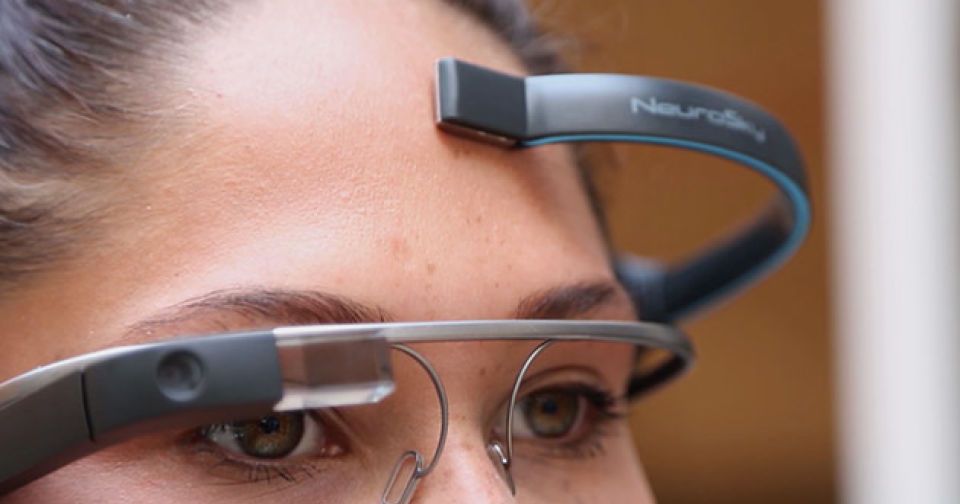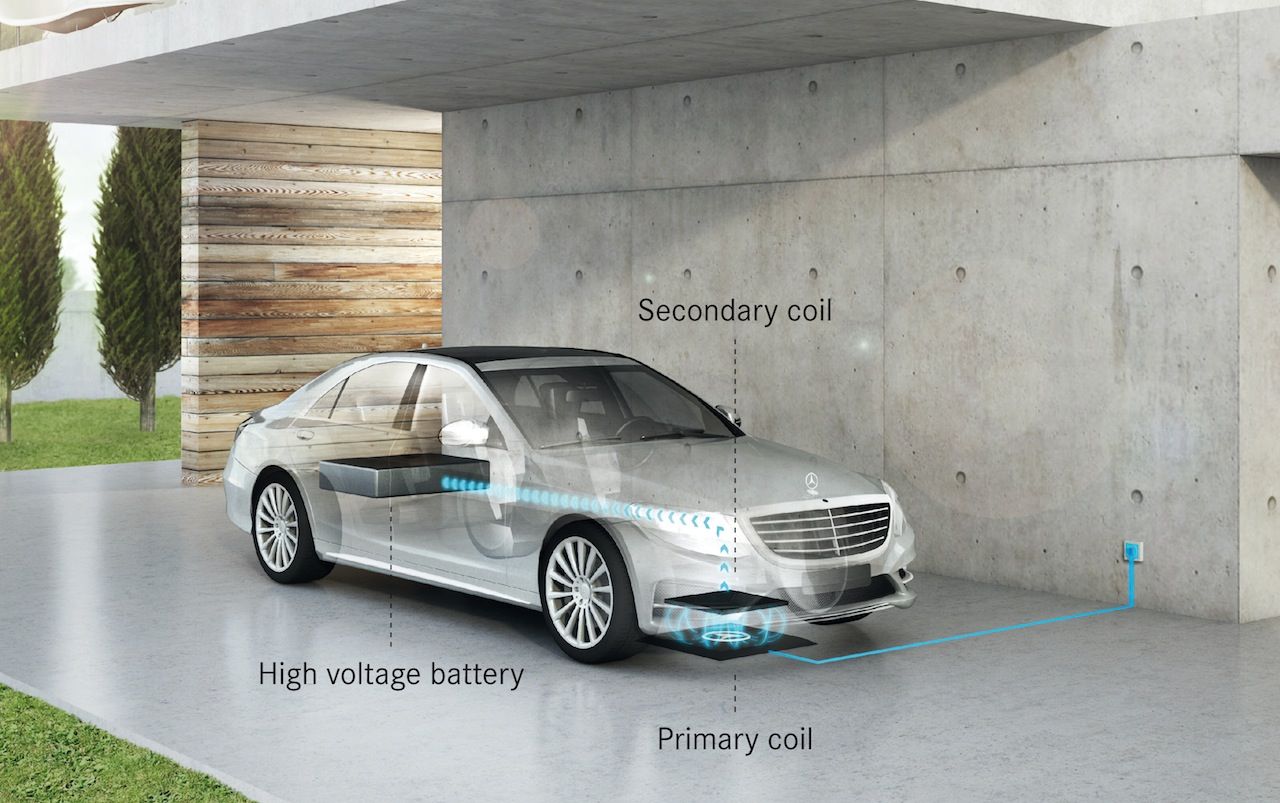Sep 21, 2015
Move aside, Segway: Honda’s Uni-Cub could make walking a thing of the past
Posted by Shailesh Prasad in category: transportation
https://youtube.com/watch?v=_Me1P0JljVk
Behold, the future of personal mobility devices: The Honda Uni-Cub. The Uni-Cub, which is self-balancing, has zero turning radius, and is battery powered, is essentially a sit-on Segway without any handlebars. Most importantly, the Uni-Cub is much smaller and easier to maneuver than the Segway, allowing for Uni-Cub users to ride alongside or even within a pack of pedestrians (and yes, when you sit on the Uni-Cub, you don’t tower above everyone else: your head is at the same height as someone standing up). The main usage scenario for the Uni-Cub is moving around internal spaces, such as offices and museums: Not only is it easier and faster than walking, but compared to other personal mobility devices it also leaves your hands free to operate a smartphone or some other implement of your choosing.

